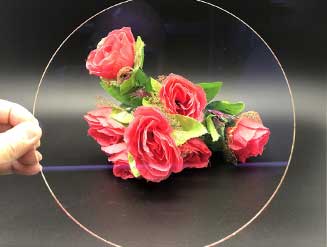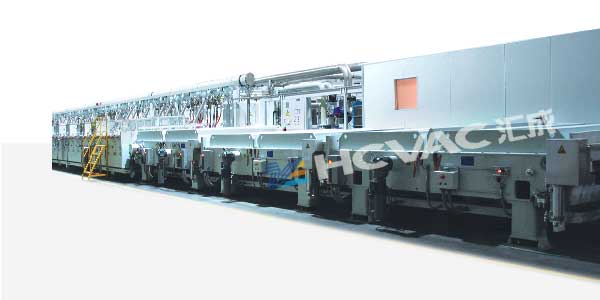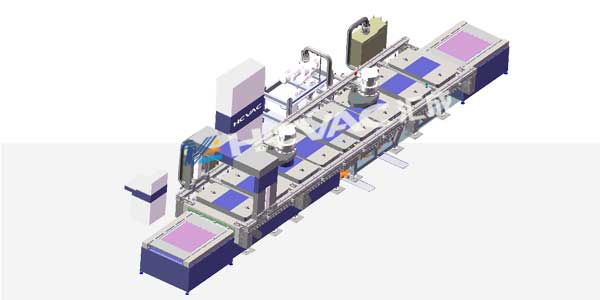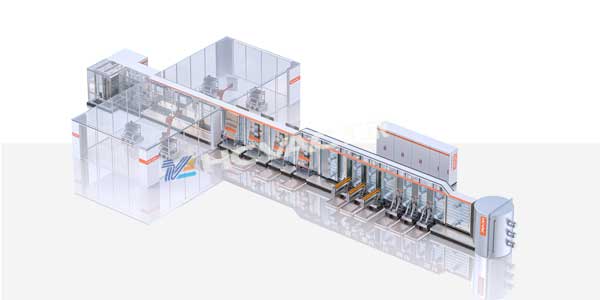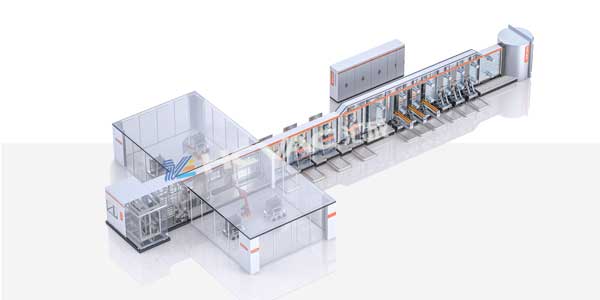Antireflection antireflection (AR) can improve the transmittance of glass (screen) and reduce the reflectivity of glass (screen) to achieve the purpose of antireflection. There are many materials to choose from. Generally, high and low refractive index materials are used for cross stack plating. Vacuum evaporation plating or magnetron sputtering plating can be used.
Principle: when the light is emitted from the light sparse material to the light dense material, the reflected light will have half wave loss. After AR film is coated on the glass, the optical path difference of the reflected light on the surface is exactly half the wavelength different from that of the front surface of the film. The reflected light of the two surfaces before and after the film cancels, which is equivalent to increasing the energy of the transmitted light. Moreover, both sides of the glass can be coated at the same time to reduce the reflection effect of both sides of the glass.
Applicable substrate: glass, acrylic (PMMA), PC, CR39 and other Plexiglas.



